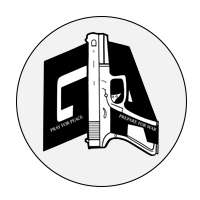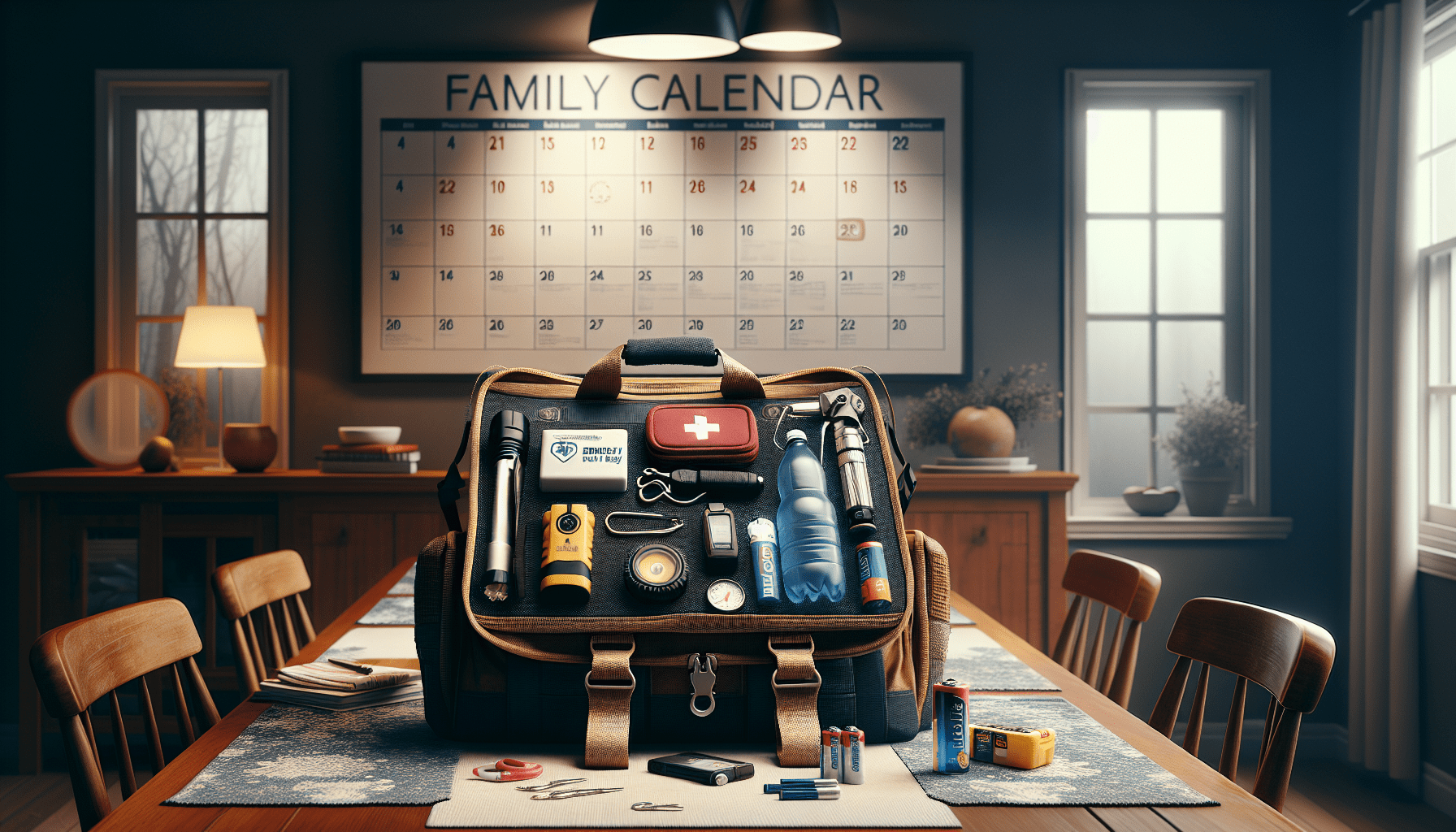Have you ever wondered what you’d do if disaster struck right this moment? How prepared are you, really, to deal with an unexpected emergency? If you’re like most people, you probably have bits and pieces of a plan floating around in your head but haven’t taken the time to put it all together. Developing a comprehensive family emergency plan might seem a little daunting, but trust me, it’s far less stressful than dealing with the chaos of an unplanned crisis.
Why You Need an Emergency Plan
Let’s face it, an emergency can crop up at any time. Whether it’s a natural disaster, a medical emergency, or even something less dramatic like a power outage, being prepared can make all the difference. Rather than scrambling in the heat of the moment, having a plan gives you that vital edge to keep everyone safe and sound.
The Confidence Factor
Knowing you’re prepared can help you stay calm and think clearly in critical situations. When everyone in your family knows what to do, it reduces the anxiety and confusion that often accompany emergencies. It’s like having a safety net when walking a high wire—you might still be nervous, but at least you know there’s something to catch you if you fall.
Protecting What Matters Most
In emergencies, seconds count. Having a clear plan ensures you can act quickly to protect your family, pets, home, and even your cherished possessions. Think of it as insurance: you hope you never need it, but you’ll be glad it’s there if you do.
Steps to Create a Family Emergency Plan
Creating a family emergency plan doesn’t have to be complicated or time-consuming. It’s about breaking it down into manageable steps and customizing it to fit your individual needs.
Step 1: Identify Potential Emergencies
The first step is to consider what types of emergencies you might face. This might vary depending on your location, lifestyle, and other factors. Here’s a short table to get you started:
| Emergency Type | Potential Risks |
|---|---|
| Natural Disasters | Hurricanes, Tornadoes, Floods |
| Health Emergencies | Heart Attack, Stroke, Allergies |
| Safety Incidents | Home Invasion, Fire |
| Utility Failures | Power Outage, Water Leak |
| Other | Public Disturbances, Accidents |
Step 2: Designate Emergency Contacts
Who will be your go-to person in an emergency? Make a list of essential contacts, including family members, friends, and local services like your doctor, veterinarian, and utility companies. Be sure to include:
- Primary Contact: The family member everyone should call first.
- Out-of-Area Contact: Someone outside your immediate area who can help communicate between family members if local lines are jammed.
- Emergency Services: Local police, fire department, poison control, etc.
Step 3: Develop Communication Plans
Figuring out how to communicate during an emergency is crucial. Sometimes cell phones won’t work, so you need backups:
- Text Messages: Texts often get through when calls don’t.
- Social Media: Platforms like Facebook and Twitter can be used for updates.
- Meeting Points: Designate a couple of safe spots where your family can regroup if you’re separated.
Step 4: Create Evacuation and Shelter Plans
Knowing how to evacuate your home or find safe shelters is essential. Plan exits and alternate routes both for your home and your neighborhood. Identify local shelters and consider how you’ll get there.
- Home Exits: Plan multiple ways to leave your house.
- Neighborhood Routes: Identify several ways to exit your area.
- Shelter Locations: Know nearby shelters or safe spots.
Step 5: Catering to Specific Needs
Everyone in your family has different needs. Make sure your plan considers them all. For example:
- Elderly Family Members: Do they need medications or mobility aids?
- Children: Do they understand the plan and know what to do?
- Pets: Do you have supplies and plans for them?
- Medical Needs: Is there a clear list of essential medications and medical contacts?
Step 6: Assemble Emergency Kits
A well-stocked emergency kit is invaluable. Make kits for home, work, and each car. Here are some essentials you might want to include:
| Item | Purpose |
|---|---|
| First Aid Kit | Treat minor injuries |
| Water and Non-Perishable Food | Sustain you for several days |
| Flashlight and Extra Batteries | Light during outages |
| Portable Phone Charger | Keep your phone operational |
| Important Documents | IDs, insurance papers, etc. |
| Extra Clothing | Warmth and protection |
| Personal Hygiene Items | Maintain sanitation |
| Tools | Basic repair and utility needs |
| Cash | Small bills for transactions |
| Local Maps | Navigation if GPS fails |

Practicing Your Plan
Having an emergency plan is great, but it’s useless if no one remembers what to do. Make it a routine to go over the plan periodically and hold practice drills. This will help everyone internalize the steps so that when—or if—the real thing happens, your family can act swiftly and effectively.
Interval Reviews
Review your emergency plan at least once a year. Update it whenever there are significant changes—like moving to a new home, changing schools, or if there’s a new addition to the family.
Drills and Training
Consider simulations and drills to make your family comfortable with the plan. You don’t have to go all-out every time; even a small-scale drill can make a difference. At Green Line Arms, they offer cutting-edge training programs that can also help you practice and prepare for various emergency scenarios.
Keeping Up with Current Information
Emergencies and how we deal with them are continually evolving. Stay updated on the latest practices and recommendations.
Government Resources
Various governmental organizations provide updated information on emergency preparedness. Websites like Ready.gov and FEMA.gov offer guides, checklists, and other resources to help you stay informed.
Community Programs
Many communities offer resources and training programs for emergency preparedness. Check out local events or community centers for workshops and seminars.

How Green Line Arms Fits In
Sometimes you need more than just plans—you need practical skills. That’s where Green Line Arms in Pensacola, Florida, comes in. They specialize in offering exceptional training programs for responsible gun ownership, advanced medical response training for first responders, and top-notch entertainment experiences.
Specialized Training Programs
Whether you’re a novice or a seasoned gun owner, Green Line Arms has training programs tailored to your needs. Understanding how to safely and effectively use firearms can be an essential part of your emergency preparedness plan.
First Responder Medical Training
Green Line Arms goes beyond just firearms. They offer advanced first responder medical training, teaching you how to deal with medical emergencies effectively until professional help arrives.
Virtual Shooting Range
For a bit of a twist, their virtual shooting range allows you to practice and hone your skills in a controlled, safe environment. Think of it as part training, part entertainment—a unique way to prepare for the unexpected.
Conclusion
Creating a family emergency plan doesn’t have to be a colossal task. By breaking it down into manageable steps and ensuring you involve every family member, you can protect those you care about most. Remember, it’s better to have a plan and never need it than to need a plan and not have one.
Consider reaching out to Green Line Arms for expert advice on firearms and first responder medical tips. They can provide invaluable insight and training to make sure your emergency preparedness plan is as comprehensive and robust as possible. So, take that first step today—because when it comes to emergencies, it’s not a matter of if, but when.




